Hands-on teaching methods combine important concepts with physical experiences that help students to engage with and retain the information. The practical application and experience of science concepts has been shown to improve learning and memory in secondary students. Check out the impact of hands-on vs observation-based learning on student performance.
Experience vs Observation: Improving Student Performance
A 2014 study published in the International Online Journal of Primary Education covered the effectiveness of hands-on learning in science class. The research on 4th grade students showed improved learning and retention through participation in hands-on science experiments. Students also showed increased participation and reported higher levels of intrinsic motivation.
Another study, published in Psychological science, showed that combining motor and sensory learning together in hands-on science experiments improved retention. Physical experiences of concepts like momentum, torque, and resistance can help students to better grasp their impact and recall what they learned weeks later.
Supporting Hands-On Learning with the Right Resources & Curriculum
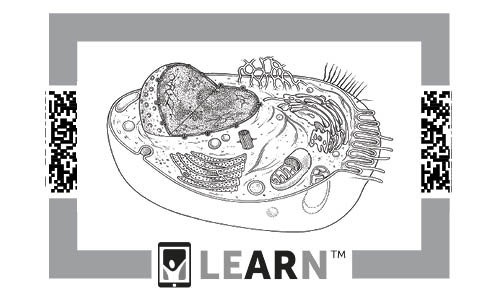
Curriculum and supplemental resources that are designed specifically to support and engage students in learning by doing can take pressure off educators. By ensuring that students have the tools and information they need to participate in motor and sensory learning, educators could improve student performance and retention levels.
Hands-on learning and game-based modeling work together to create unique learning opportunities for students. When fun activities and the mind-body connection are operating in sync, students can learn in deeper ways.
Learn more about High-Tech and Engaging Life Science Curriculum

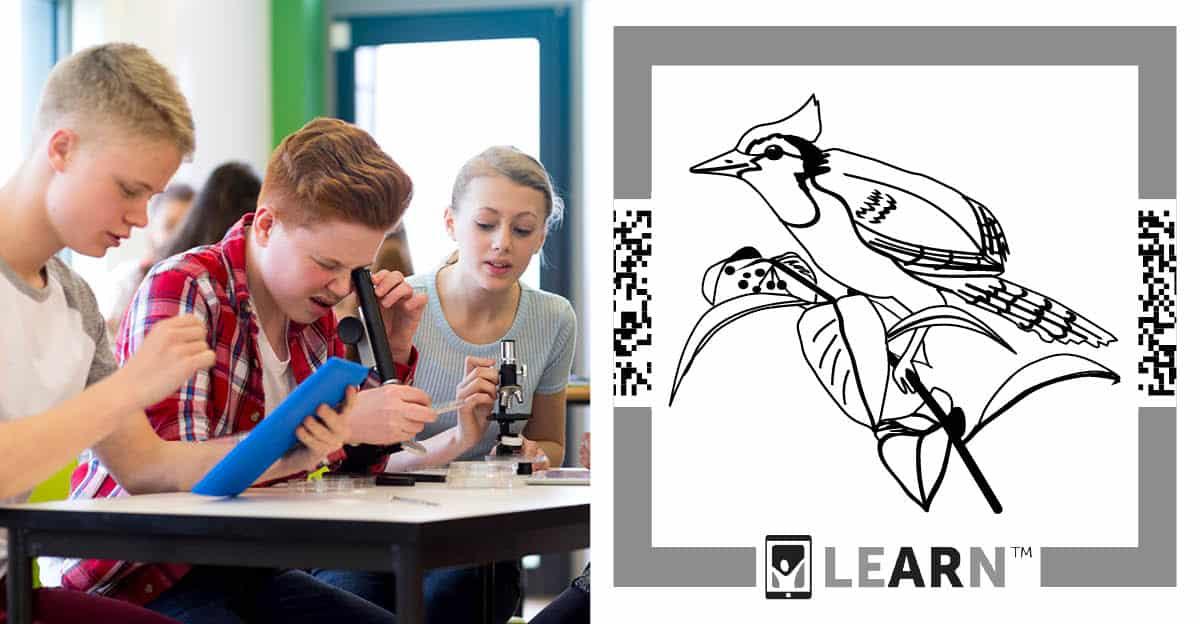
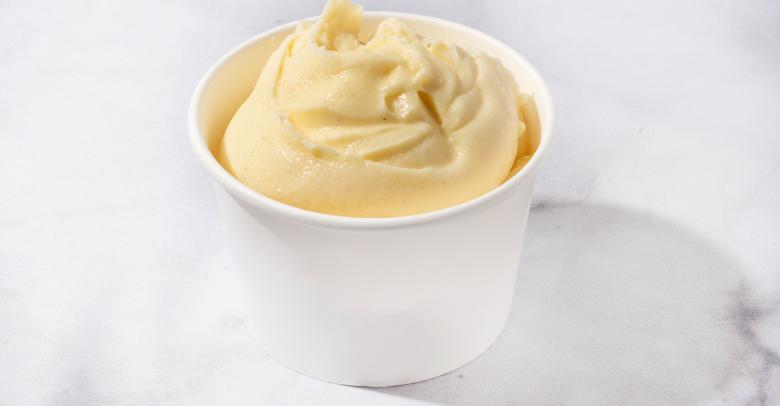
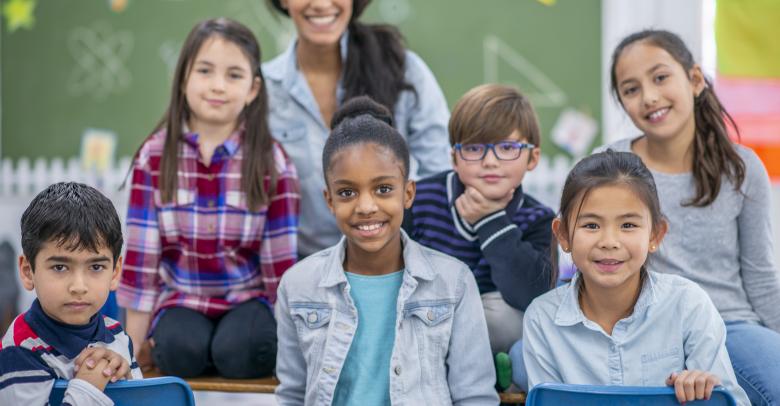

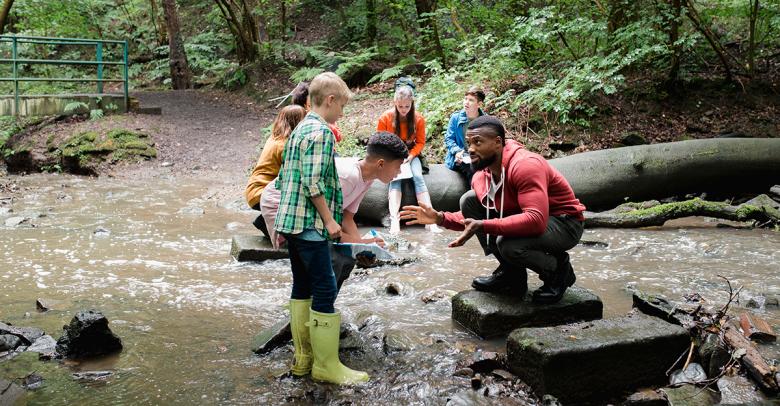
Leave a Reply